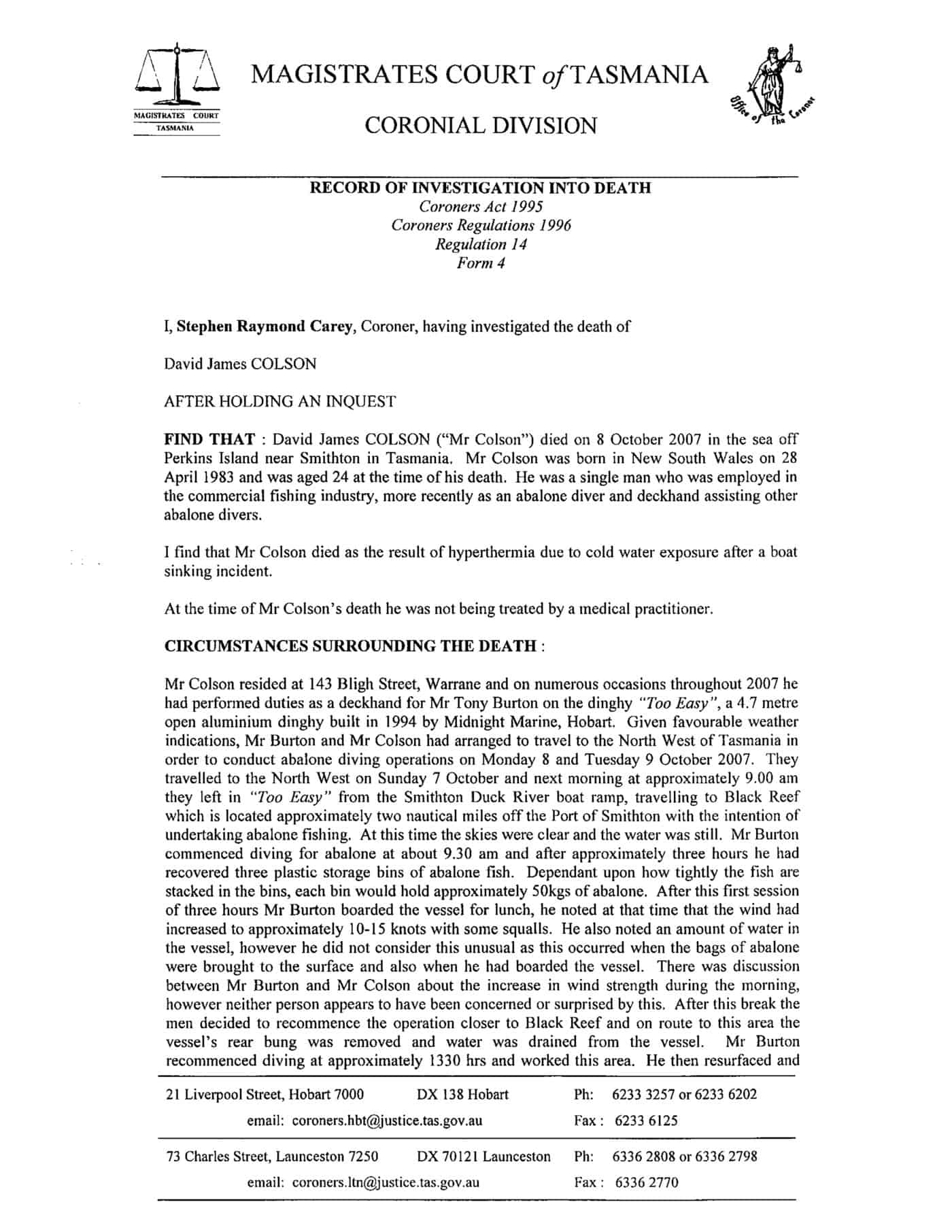John Merritt is leaving WorkSafe Victoria to head up the Environmental Protection Authority. Nothing special in such a move as such progression is part of many senior executive public servant’s career plans. But Victoria’s politicians have started to use this change for political point-scoring on the basis that Merritt is married to Victorian parliamentarian, Maxine Morand.
This is unfortunate but not surprising. The political argy-bargy implies that John Merritt is undeserving of his new appointment and this is not the case.
 I have met John Merritt over a number of years and from before he became the executive director of WorkSafe in 2001. During his time with the National Safety Council of Australia, there was an air of optimism in this moribund organisation, the same air he brought to WorkSafe. I interviewed him regularly
I have met John Merritt over a number of years and from before he became the executive director of WorkSafe in 2001. During his time with the National Safety Council of Australia, there was an air of optimism in this moribund organisation, the same air he brought to WorkSafe. I interviewed him regularly



